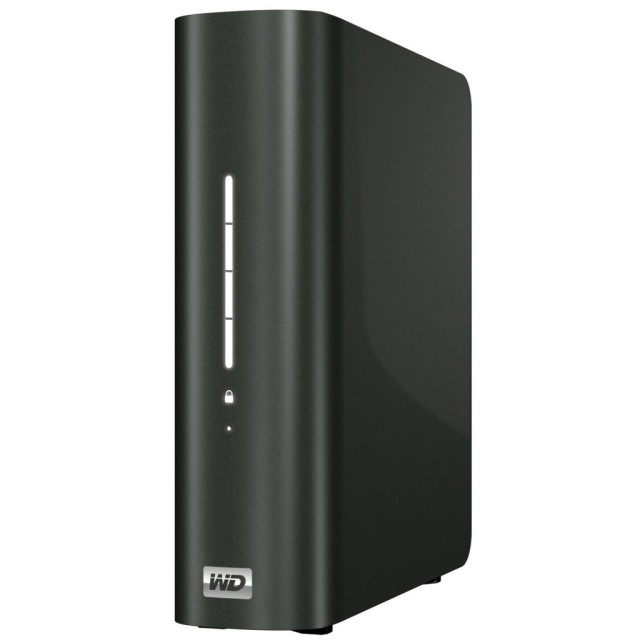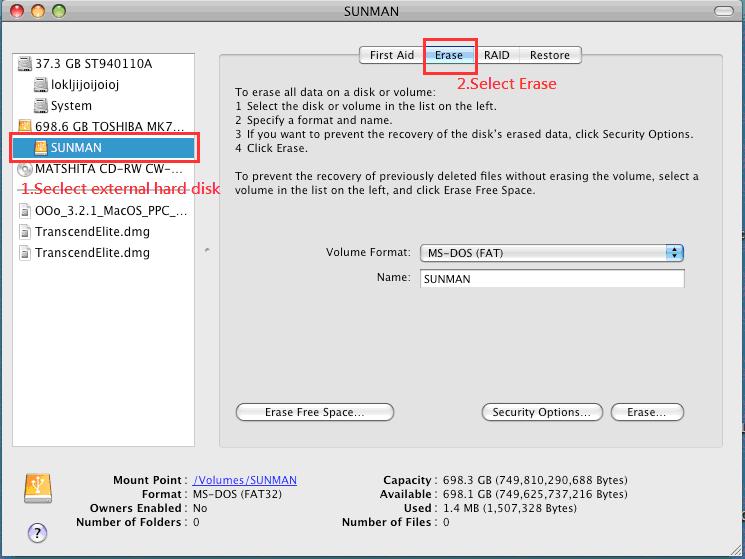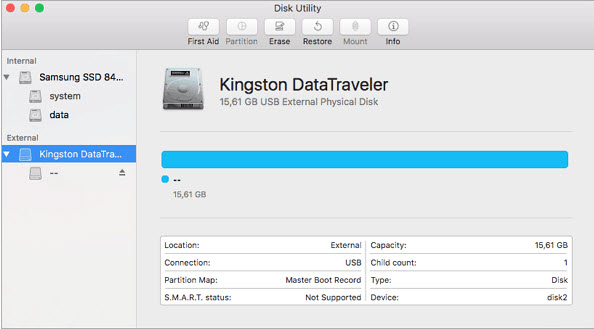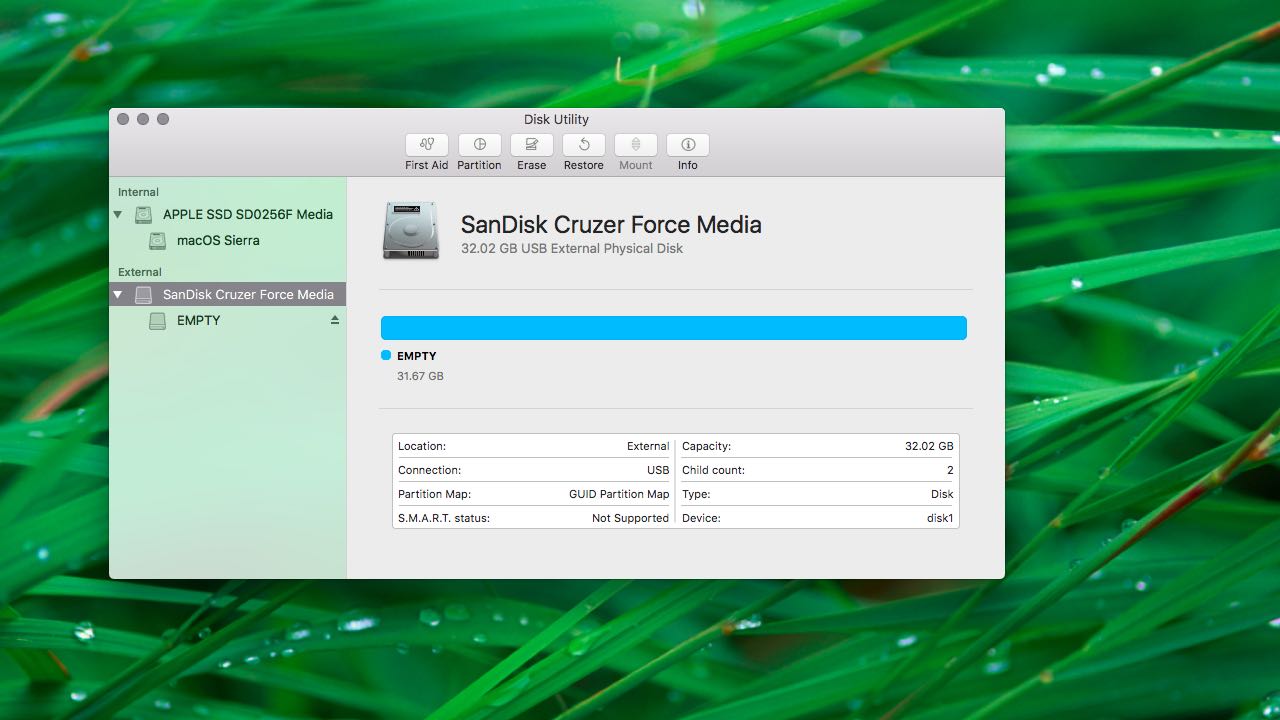

- #How to format external drive on mac how to#
- #How to format external drive on mac mac os x#
- #How to format external drive on mac install#
- #How to format external drive on mac password#
- #How to format external drive on mac Pc#
Recover lost data from a formatted WD Elements external hard drive. Before formatting your WD Elements external hard drive, you’d better make a backup of your important files. If your WD Elements external hard drive is not showing up on Mac, check this guide: fix unrecognized WD Elements external hard drive on Mac.ģ. If your WD Elements external hard drive can’t be recognized by your Windows PC, just open Disk Management to format it or check this guide: fix unrecognized WD Elements external hard drive on Windows.Ģ. Just click to choose the WD Elements external hard drive and click on Erase button. You will see the WD Elements external hard drive. Format WD Elements external hard drive on Mac.Ĭonnect your WD Elements external hard drive to your Mac, and open Disk Utility. Then quickly format the WD Elements external hard drive.Ģ. Right-click the WD Elements external hard drive, choose Format.
#How to format external drive on mac Pc#
Just connect your WD Elements external hard drive to your Windows PC, then open This PC and find the WD Elements external hard drive. Format WD Elements external hard drive on Windows. Format WD Elements external hard drive on PC or Mac.Īctually, there are more than 10 methods can help you quickly format WD Elements external hard drive on Windows or Mac OS. Permanently erase data from WD Elements external hard drive before selling or donating it. Format WD Elements external hard drive on PC or Mac.

#How to format external drive on mac how to#
In this article, we will show you how to format WD Elements external hard drive on Mac or Windows computer, recover lost data from a formatted WD Elements external hard drive and introduce an effective method to permanently erase data from your WD Elements external hard drive before you sell or donate it. APM is an older, Mac-only partition scheme.Whether you want to quickly delete all data from a WD Elements external hard drive or just want to fix logical errors on a WD Elements external hard drive, formatting is the best method to reach your goal. You’ll also be asked to choose between a partition scheme: GUID Partition Map, Master Boot Record, or Apple Partition Map. RELATED: What's the Difference Between GPT and MBR When Partitioning a Drive?

#How to format external drive on mac install#
It’s not natively supported on many Linux distributions, but you can install exFAT support on Linux.įor external drives, it almost always makes sense to format in ExFAT, unless you’re using the drive for Time Machine. ExFAT is the ideal cross-platform file system. You should use this file system if you may share the drive with Windows PCs and other devices like the PlayStation 4 and Xbox One consoles.
#How to format external drive on mac password#
You’ll have to enter a password, and you’ll need to provide that password whenever you connect your drive to your Mac.

This option exists because it matches the traditional behavior of UNIX and some people might need it–don’t select this unless you know you need it for some reason.
#How to format external drive on mac mac os x#
By default, Mac OS X doesn’t use a case-sensitive file system. OS X Extended (Case-sensitive, Journaled): On a case-sensitive file system, “file” is different from “File”.This file system is necessary if you plan on using the drive for Time Machine backups–otherwise, you’ll want to use exFAT for maximum compatibility. OS X Extended (Journaled): This is the default, but it’s only natively supported on Macs.RELATED: What's the Difference Between FAT32, exFAT, and NTFS? You’ll need to choose between several file systems: You’ll be asked to provide a name for the disk, which will appear and identify the disk when you connect it to a Mac, PC, or another device. Select the drive by clicking its name.Ĭlick the “Erase” button after selecting the entire drive to erase the entire drive and create a single partition on it. Your connected drives will appear under “External” in the Disk Utility’s sidebar. You can also open a Finder window, select “Applications” in the sidebar, and head to Utilities > Disk Utility.


 0 kommentar(er)
0 kommentar(er)
